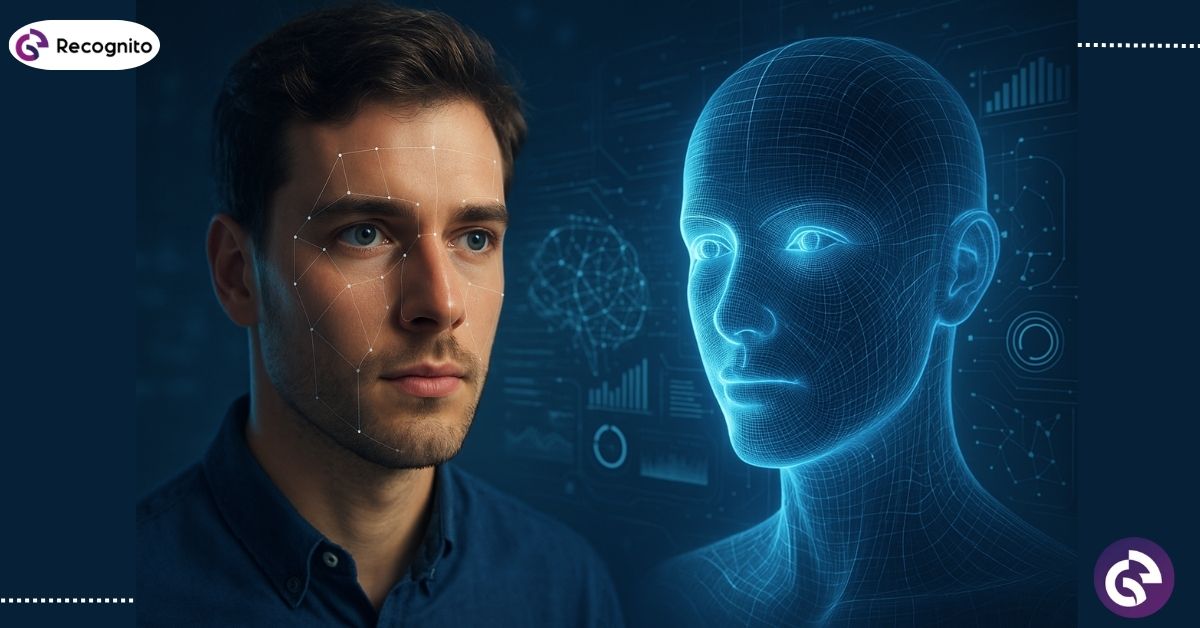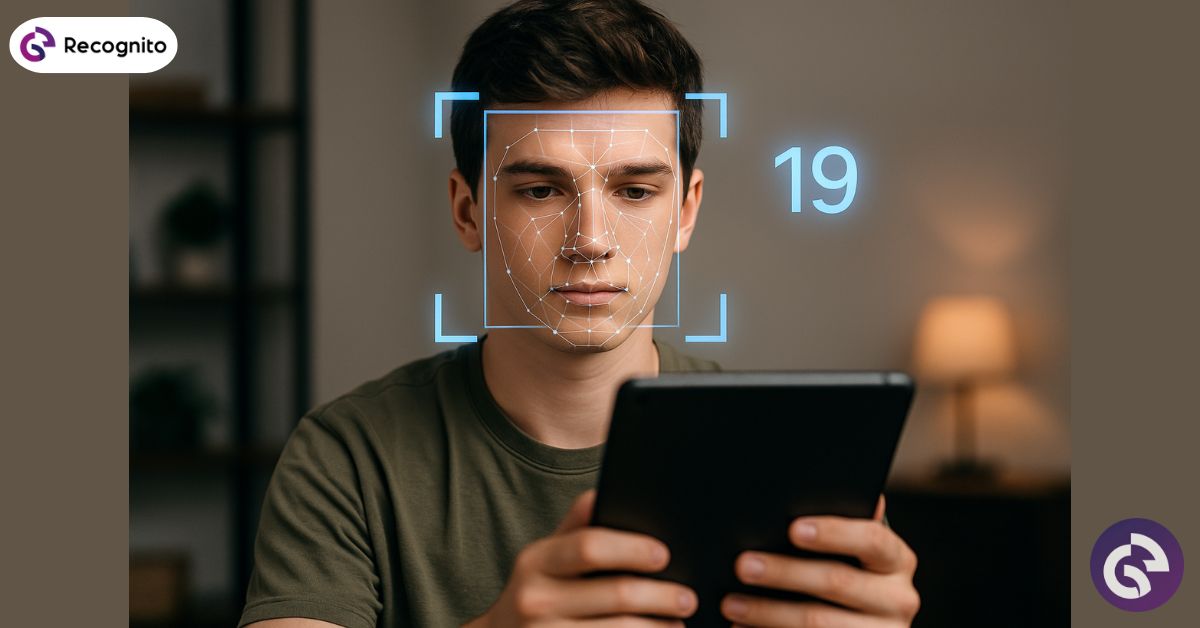Imagine giving a camera a pair of glasses that help it see better, even when the world gets messy. That is what generative AI does for systems built around facial analysis. It fills gaps in blurry images, recreates missing features, and strengthens overall decision-making. This makes identification more reliable, whether someone is standing in harsh...
India’s digital ecosystem is expanding faster than ever. With millions of people signing up for mobile apps, fintech platforms, gig services, and online marketplaces, businesses must verify identities quickly and accurately. What once relied on slow manual checks has now become a sophisticated process powered by artificial intelligence. Modern digital identity verification enables Indian companies...
In today’s fast-moving digital world, knowing the real age of your users is more than a safety measure. It is a responsibility. Businesses in gaming, e-commerce, adult platforms, retail, and social media, especially those growing rapidly in India’s digital economy, are under pressure to verify users quickly and accurately. Fake IDs such as edited Aadhaar...
In today’s connected world, your identity is more than your name or password. It’s your access key to everything from your bank to your email to your online shopping carts. But while technology has made life easier, it has also opened new doors for identity theft. Fortunately, trusted biometric solutions are here to close those...
In today’s digital age, knowing who’s on the other side of the screen isn’t just a security measure, it’s a necessity. From online banking to employee attendance, businesses across the globe are under pressure to verify users faster and with absolute accuracy. That’s where the biometric face scanner steps in, giving companies the confidence to...
Remember when “seeing is believing” used to be the rule? Not anymore. The world is now facing an identity crisis, digital identity that is. As artificial intelligence advances, so do the fraudsters who use it. Deepfakes have gone from internet curiosities to boardroom threats, putting reputations, finances, and trust at risk. Businesses worldwide are waking...
You know that moment when a new app asks for your ID and selfie before letting you in? You sigh, snap the photo, and in seconds it says “You’re verified!” It feels simple, but behind that small step sits an advanced system called ID verification services that keeps businesses safe and fraudsters out. In today’s...
You’ve probably seen that pop-up asking you to verify your identity when signing up for a new banking app or wallet. That’s KYC, short for Know Your Customer. It helps businesses confirm that users are real, not digital impostors trying to pull a fast one. In the old days, this meant long queues, forms, and...








